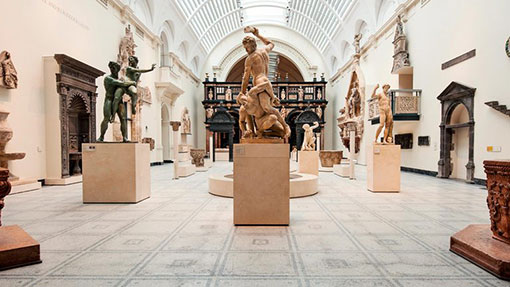3D Scanning for MUSEUM & HERITAGE

3D scanning has become an increasingly popular tool for museums and heritage organizations to digitally preserve and showcase their collections. By creating 3D digital models of objects, buildings, and even entire archaeological sites, museums and heritage organizations can offer visitors a unique and immersive experience that allows them to engage with the past in a new and meaningful way.
Here are some key benefits of using 3D scanning for museums and heritage organizations:
Preservation
3D scanning allows museums and heritage organizations to create high-resolution digital replicas of objects, buildings, and sites that may be deteriorating or at risk of damage or destruction. By preserving these items digitally, they can be shared with the public and future generations without risking damage to the original.


Accessibility
3D scanning can make museum and heritage collections accessible to people who may not be able to visit in person. Digital replicas can be made available online, allowing people to explore and interact with collections from anywhere in the world.
Education
3D scanning can be used to create interactive exhibits that engage visitors in a more immersive and educational experience. For example, visitors can virtually explore the interior of a building or examine an object from all angles, providing a deeper understanding of the object’s history and significance.


Research
3D scanning can be used by researchers and scholars to study objects and sites in greater detail than ever before. Digital models can be manipulated and analyzed to uncover new insights and understandings about the past.
Overall, 3D scanning has the potential to revolutionize the way that museums and heritage organizations preserve, showcase, and educate the public about their collections.
